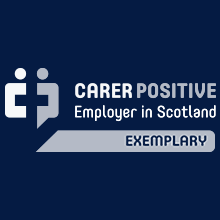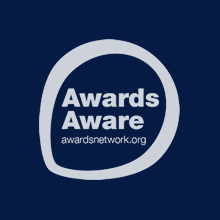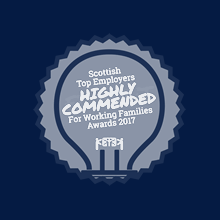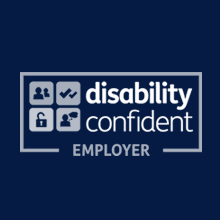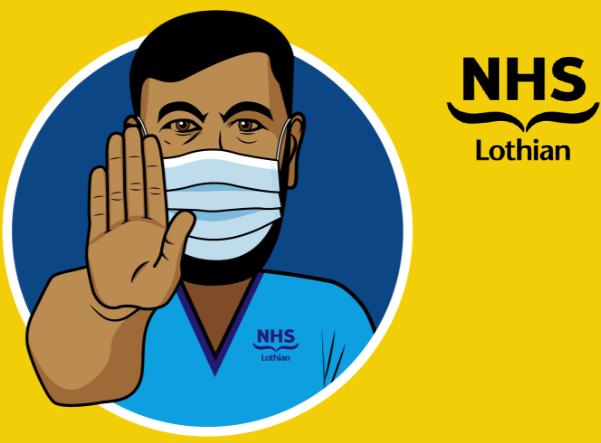It is now widely accepted that future care planning (formerly anticipatory care planning) is a valuable tool to help us deliver high quality person-centred care, especially to those who are frail and vulnerable. When an electronic future care plan, such as a KIS, is created it can help guide people’s care across the whole health service. The value of this is recognised by the Future Care Planning in Care Homes and Frailty Enhanced Services. These provide financial support to GP practices that engage in future care planning. However, creating, using and maintaining high quality future care plans can be challenging.
- Some clinicians may be uncertain what to write in a plan.
- Not all practices effectively utilise the wider practice team and professionals outside the practice in helping to create future care plans.
- Having the good conversations that are needed to create a future care plan can be daunting.
The challenge is therefore how to deliver future care planning in an effective and efficient manner.
What constitutes a high quality future care plan-KIS? summarises everything you could put into a future care plan/KIS special notes. This includes a person’s wishes for future care but is much wider than that. In many practices practice nurses collect much of the more social and functional status information when a person attends their annual chronic disease reviews.
Managing KISs in General Practice discusses creating, populating, reviewing and using a KIS.
Managing KISs Created during the pandemic deals with the KIS created during COVID without consent, many of which have no special notes.
Conversation guide for future care planning is a step-by-step guide to having a good conversation about future care planning. It includes phrases that can be effective at all stages.
Many Community Social Care and Community Health Care teams are now engaging in aspects of future care planning, particularly around social supports for a person and what is important to them. They will send emails to your clinical inbox with information to be added to a person’s electronic future care plan/KIS special notes. In most Lothian practices this is added to the KIS special notes by admin staff and then GPs are asked to review it. Please explore the links above to view the whole process.
The 7 Steps to Future Care Planning in Care Homes has been developed over many years to empower staff in the care homes to gather information and have good conversations with their residents and/or family members and for these to help create high quality future care plans. Visit our Care Homes pages to find out more.
Future care plans need to be up to date to be most effective. This can be a real challenge for practices. The Key Information Summaries Guidance and top tips for reviewing and updating Key Information Summaries for GP practices is a useful guide to reviewing. [Request a hard copy of the Guidance by emailing: ]
It is not practicable for all KISs to be reviewed every year for most practices. Therefore it is important to identify those for whom it would be of most benefit. Those in care homes, palliative care patients, those with moderate or severe frailty, people with dementia or those with severe and enduring mental health problems could all be considered priority groups. Some practices use the KIS special notes as their review document for practice meetings for palliative care patients and others.
The following guides on how to create a new, or, update an existing KIS using VISION or EMIS patient record systems can be useful for those unfamiliar with KISs.
- EMIS: GP User Guide on Uploading and Sharing Key Information Summaries
- VISION: GP User Guide on Uploading and Sharing Key Information Summaries
For VISION Users only see also Vision Sharing Consent Screen Shot

